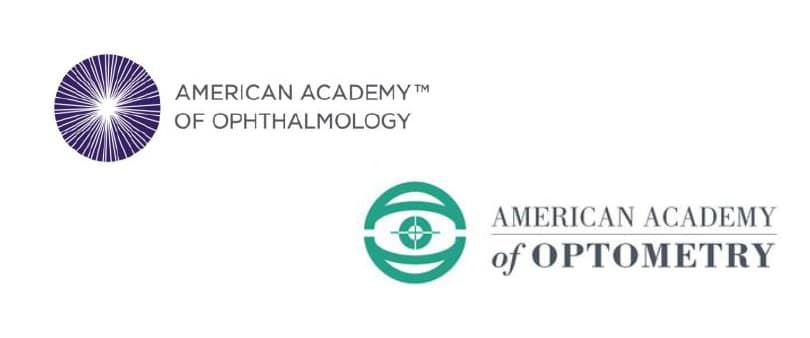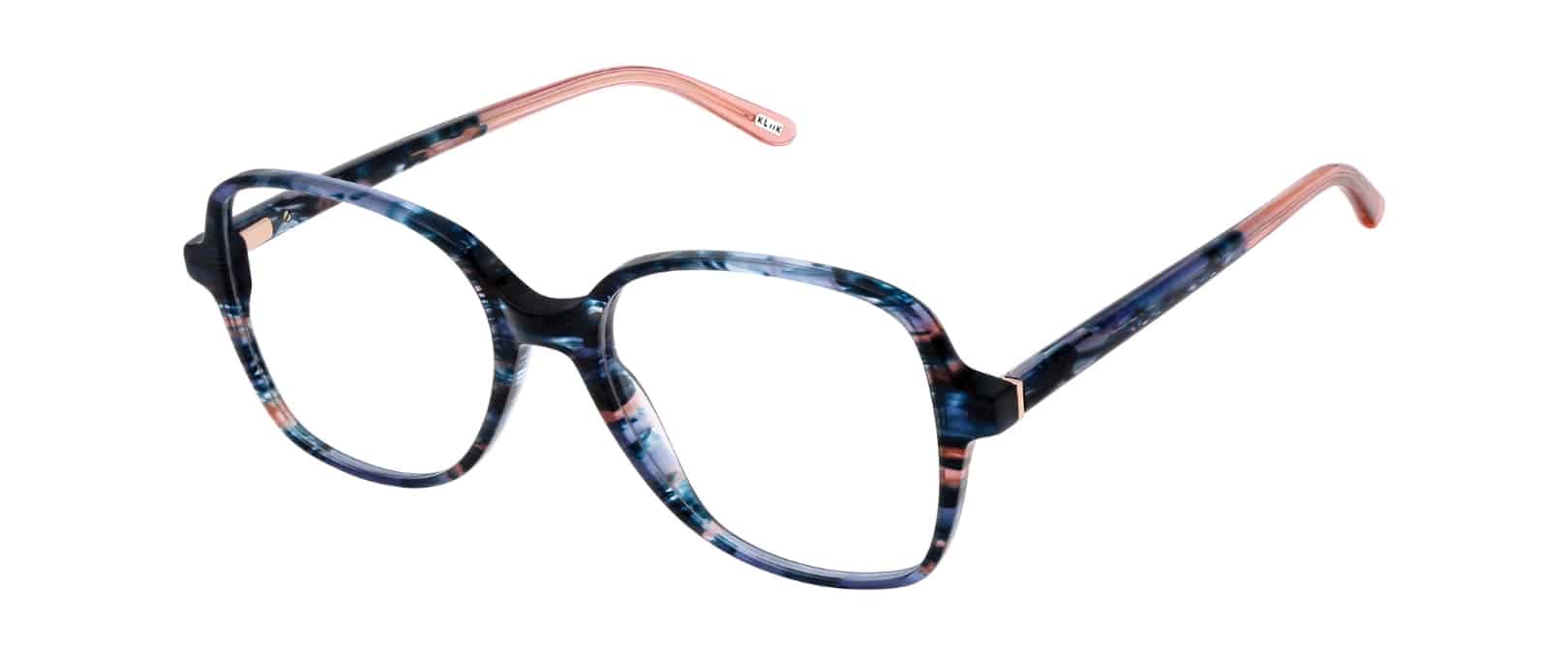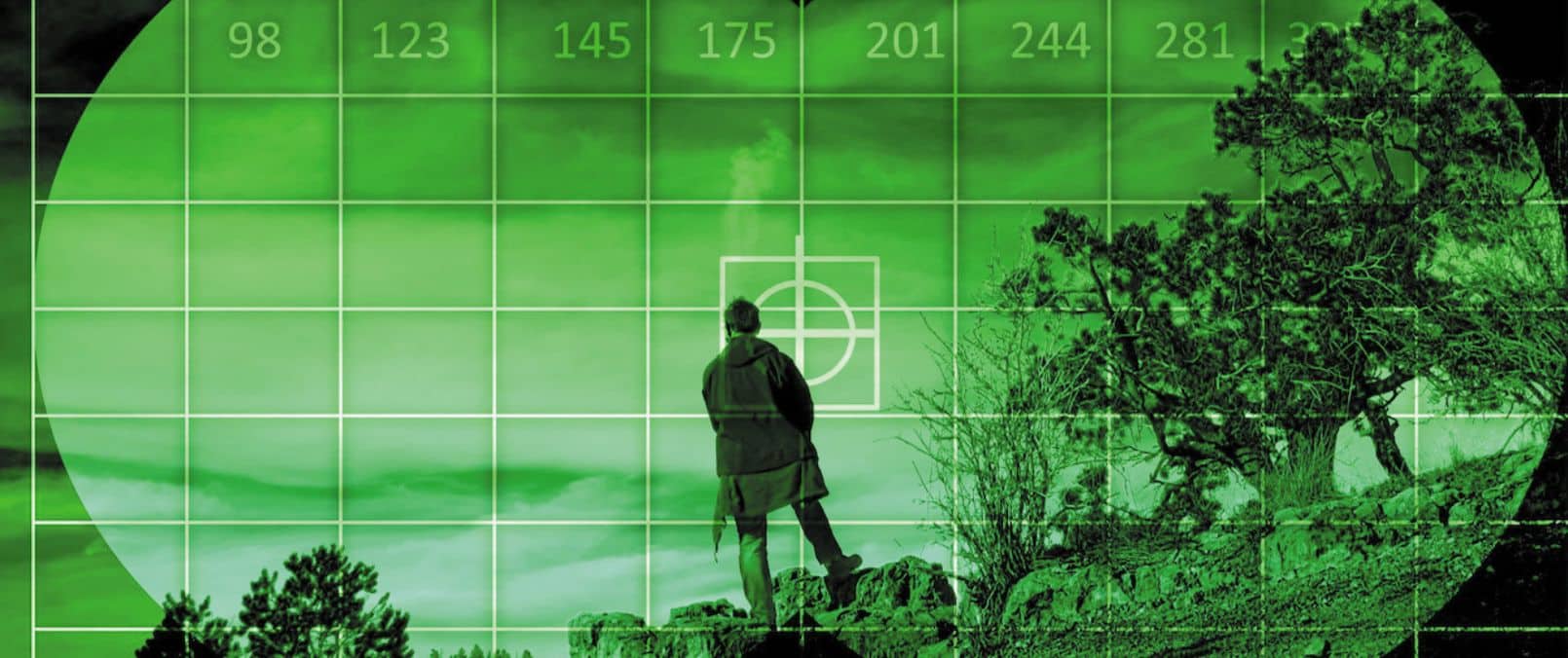Learn How to Photograph an Eclipse Without Damaging the Eyes or Camera
Wednesday, August 16 2017 | 00 h 00 min | News, Press Release
The American Academy of Ophthalmology and the American Academy of Optometry are teaming up to offer tips on how to safely photograph an eclipse. On Aug. 21, people of all ages will come together to witness a single, inspiring event – a total eclipse of the sun. The last time anyone saw the sun disappear in North America was in 1979. But there is one thing that sets this month’s total eclipse apart from others: Smartphones. Millions of ordinary people are expected to use smartphones and digital cameras to photograph this eclipse. Eye care professionals are concerned that first-timers might train their cameras on this phenomenon, unaware of the damage they can do to their eyes.
The most important safety tip to remember is to never look directly at the sun. Viewing the sun directly, even for brief periods, can cause permanent damage to the retina and result in blindness. Your eyes need specially designed solar eclipse glasses, and your camera needs a specially designed solar filter.
“Before pointing your camera at the sun, you need to get a special-purpose solar filter and put it over the camera lens,” said Russell N. Van Gelder, M.D., Ph.D., a clinical spokesperson for the American Academy of Ophthalmology. “Never look at the sun through an unfiltered camera, telescope, binoculars, or other optical device. The concentrated solar rays will damage the filter, and injure your eyes. Also, do not use solar eclipse glasses to look through a camera, binoculars or a telescope. The sun can melt the filter and damage your eyes.”
Make sure you purchase solar eclipse filters and glasses from reputable manufacturers. There have been reports that some companies are selling counterfeit products labeled as if they conform to international safety standards. The American Astronomical Society has listed on its website companies whose products are known to conform to international standards.
Click HERE for full press release.








